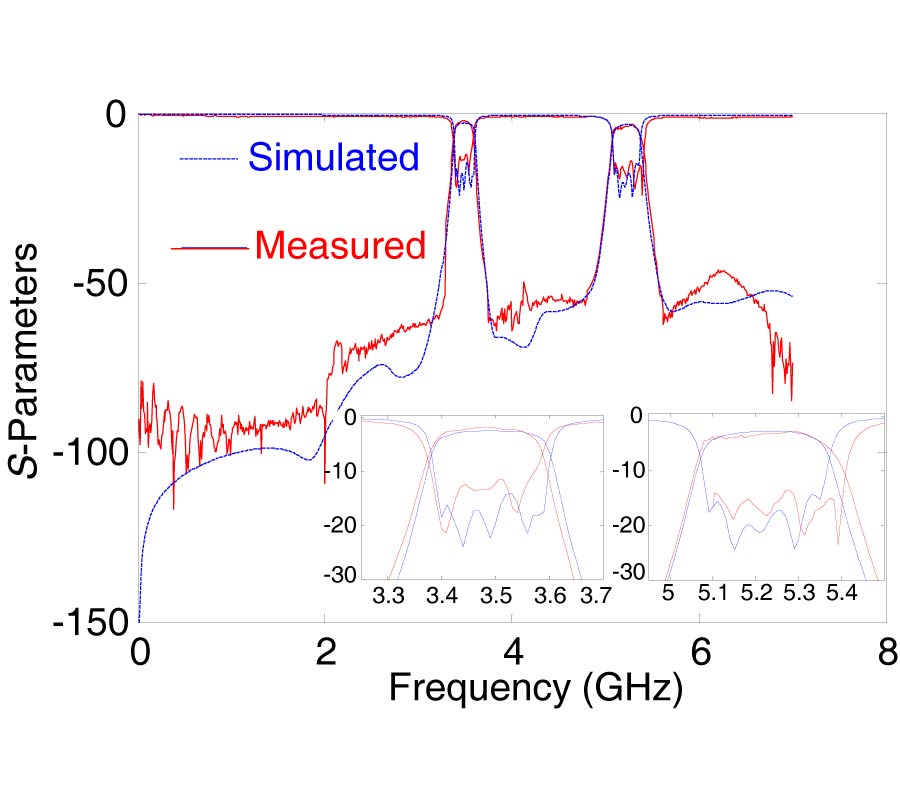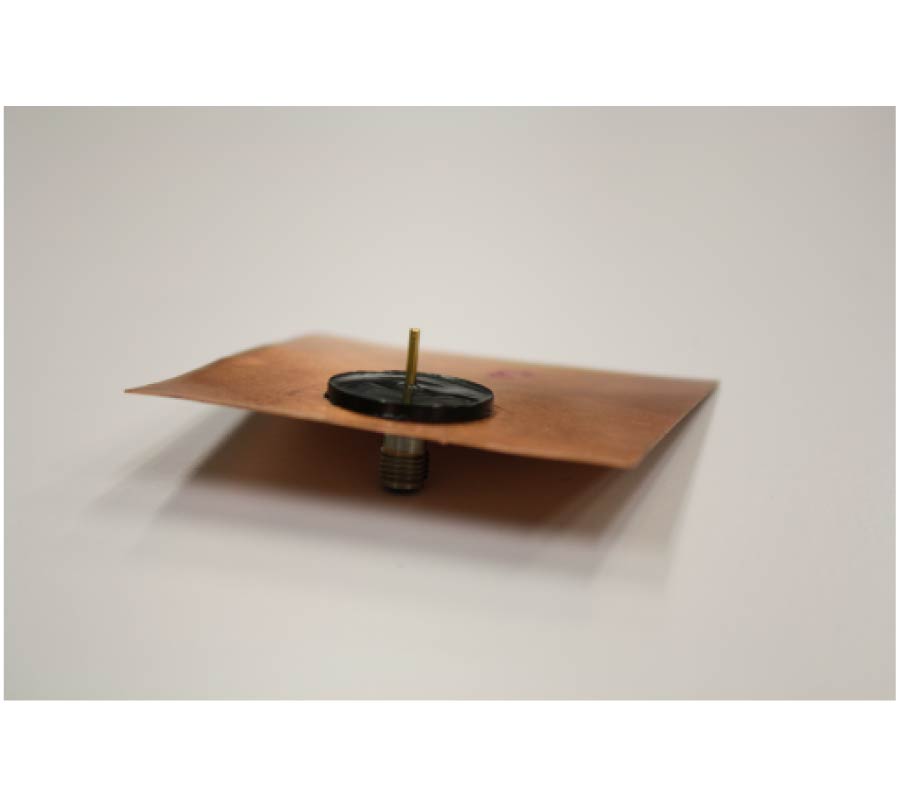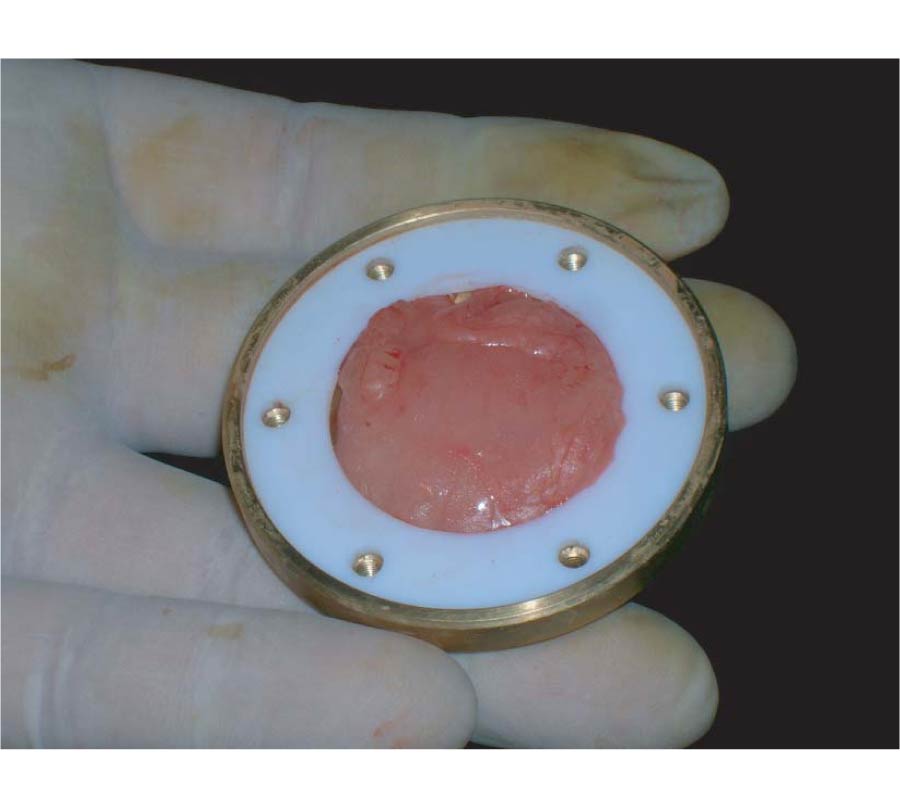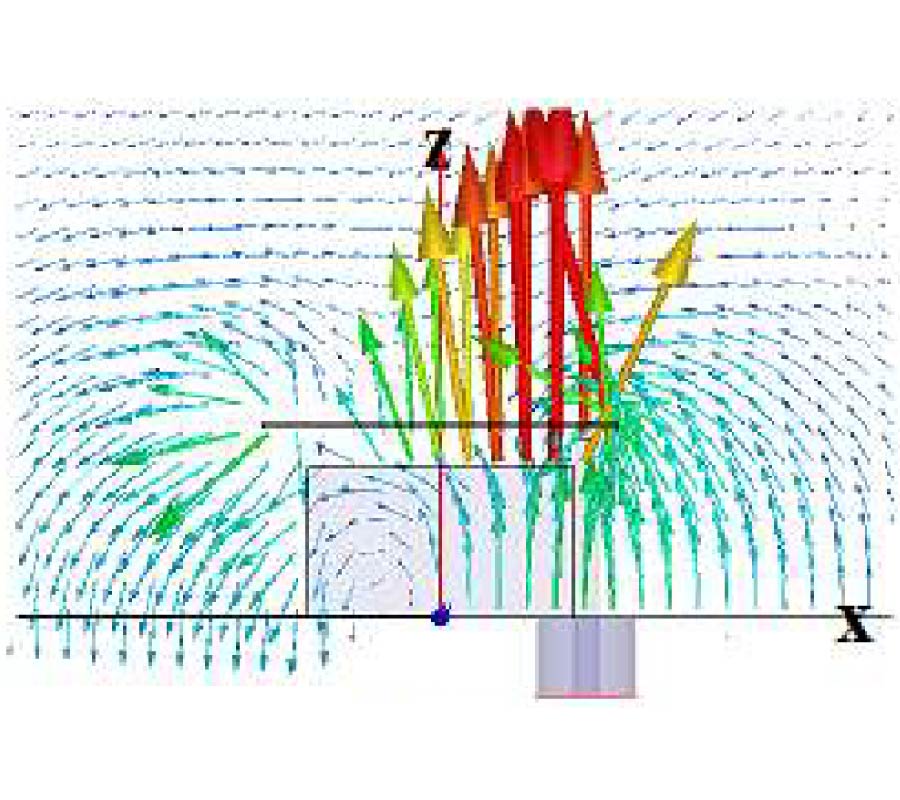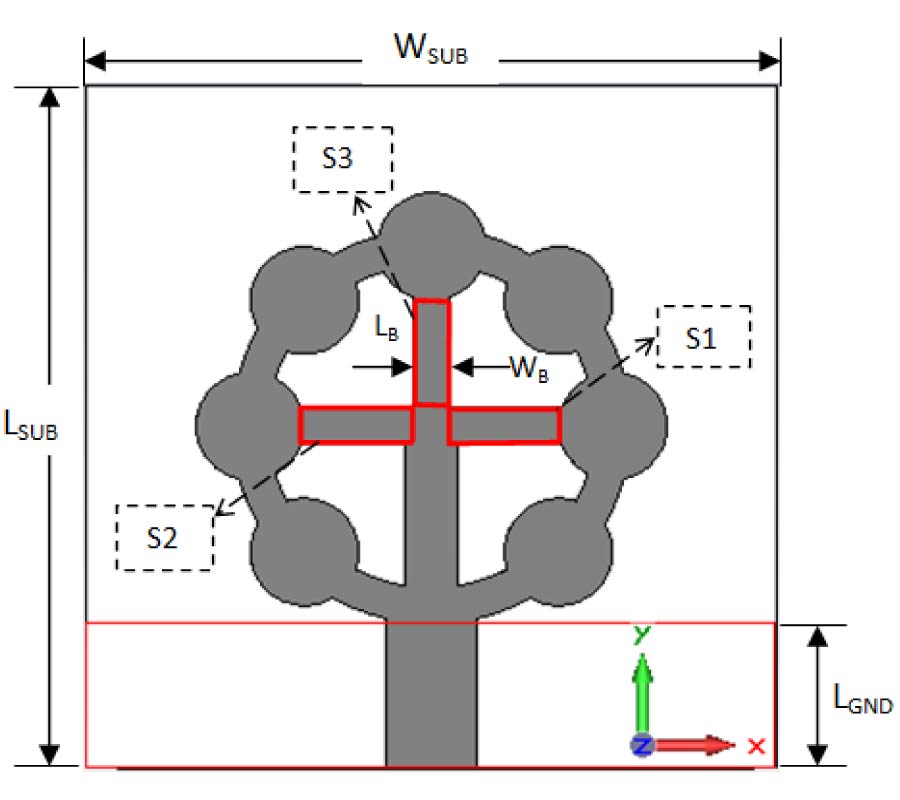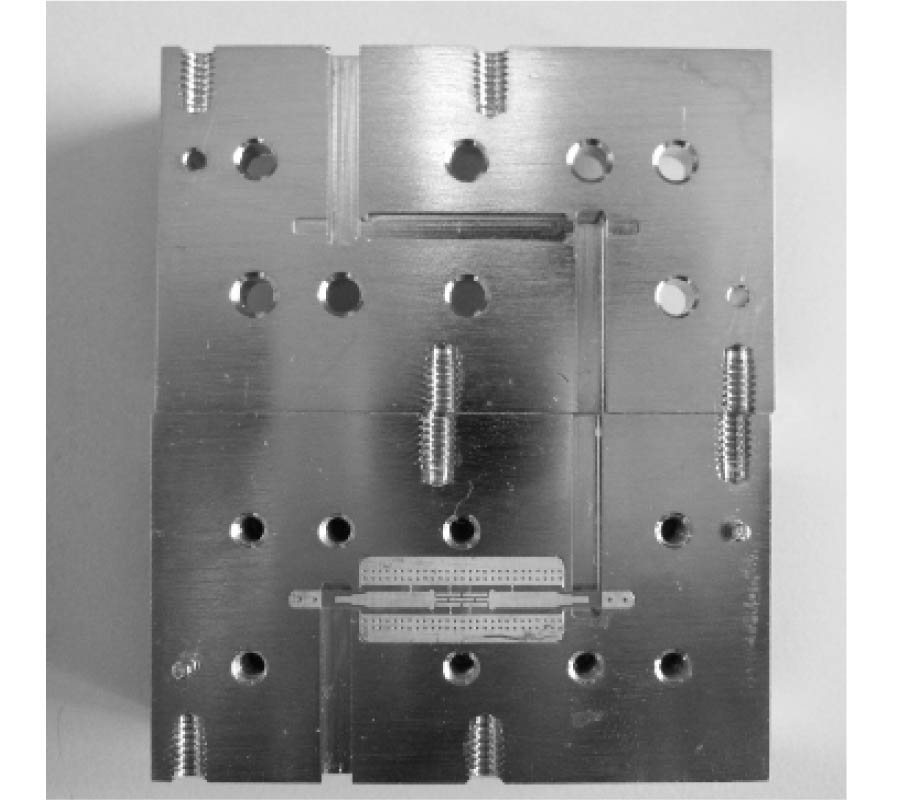Dual-Band Dual-Polarized Microstrip Antenna for Compass Navigation Satellite System
Hangying Yuan,
Jieqiu Zhang,
Shaobo Qu,
Hang Zhou,
Jiafu Wang,
Hua Ma and
Zhuo Xu
With the development of China's Compass Navigation Satellite System (CNSS), the demand for terminal antennas is quite urgent. In CNSS system, dual-band antennas are more attractive, because they can provide both the navigation and communication functions. In addition, since the `BEIDOU' antennas operate at low frequencies, they are not easy to be installed due to their usually large volumes, limiting their practical application. In this paper, we present a dual-band miniaturized CNSS microstrip antenna based on high-permittivity ceramic substrate. This antenna works at S Band (2492 MHz±5 MHz, right-handed circular polarization, RHCP) and L Band (1616±5 MHz, left-handed circular polarization, LHCP). Numerical results show that the impedance bandwidth (S11<-10 dB), 3 dB axial ratio bandwidth and antenna gain at L Band are about 26 MHz, 6.5 MHz and 3.22 dB, respectively. While the impedance bandwidth (S11<-10 dB), 3 dB axial ratio bandwidth and antenna gain at S Band are about 127 MHz, 28 MHz and 4.72 dB, respectively. An experiment was carried out to verify our design and the measured results agree well with the simulation ones. In addition, by using high-permittivity ceramic (εr=16) as the substrate, the antenna keeps its performances with a reduced size by 80% comparing with the conventional ones using low-permittivity substrates. This makes it suitable for practical applications.
